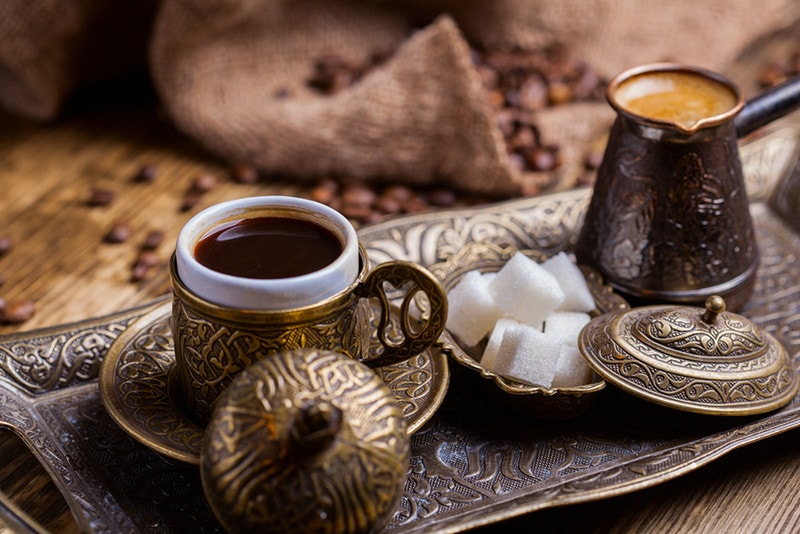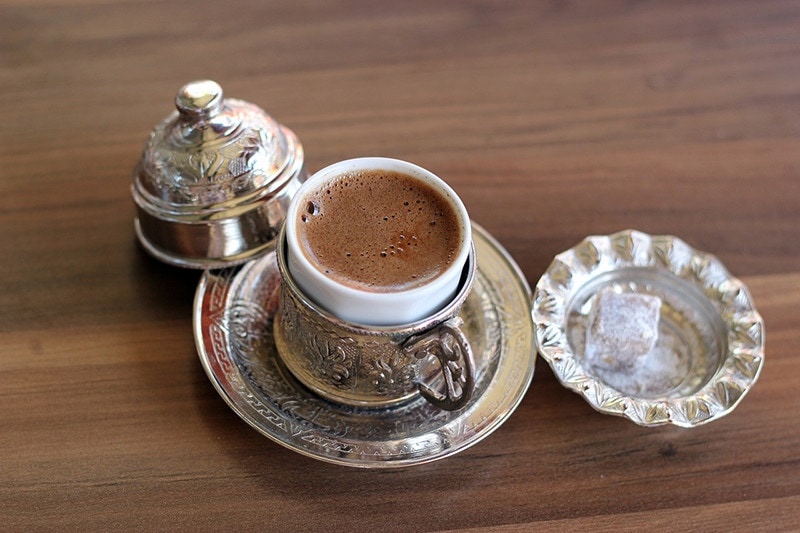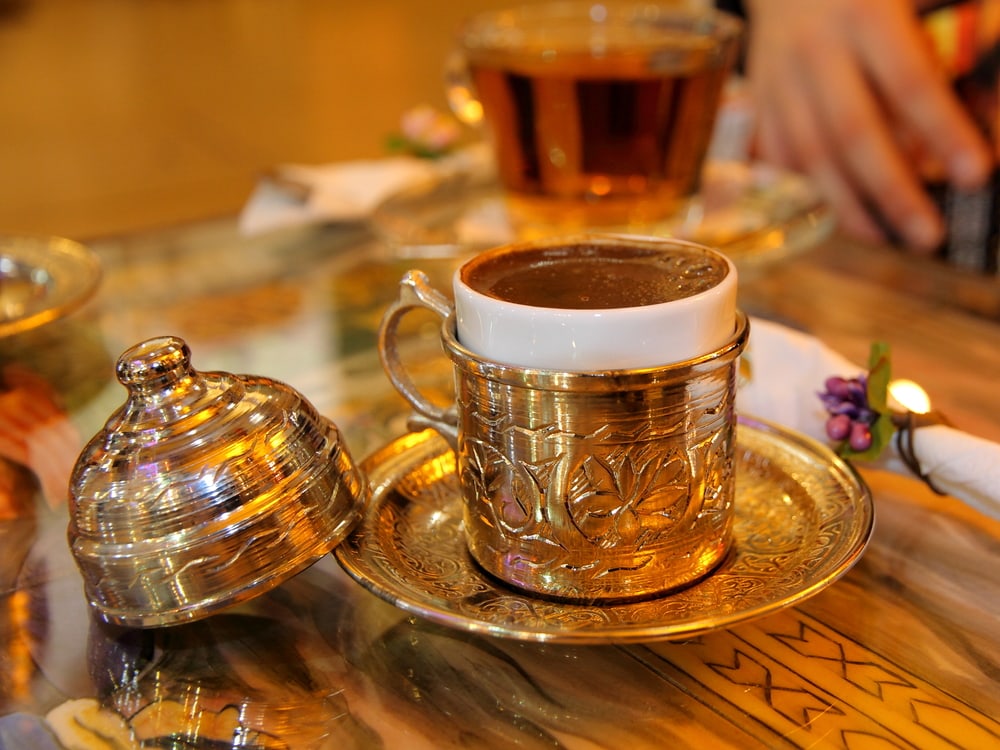
Turkish coffee has become well-known around the world for its great flavor, strong blends, and fine grind. Little do people know, however, that there’s a rich history and culture, as well as special preparation methods, surrounding this great-tasting coffee. Below, we’ll learn more about Turkish coffee, the best ways to drink it, and what makes the culture surrounding this coffee so fascinating.

Turkish Coffee History
It was 1555 when two Syrian traders first brought coffee to Turkey. Of course, these traders arrived in Istanbul, the heart of the country. It was not long before coffee was being served in coffeehouses throughout the area. By the 17th century, not only was coffee being served but it found itself becoming an integral part of the Ottoman court and its elaborate celebrations. Throughout time, coffee makers worked tirelessly to provide perfect brews for their sultan. Even marriages were determined by coffee. One tradition had the women of a harem making coffee for their would-be husbands. The man would choose his bride by who made the best Turkish coffee.

How to Prepare & Drink Coffee in Turkey
Turkish coffee methods are so much a part of the culture that in 2013 they were added to UNESCO’s Intangible Cultural Heritage List. The tradition behind making Turkish coffee symbolizes friendship and hospitality around the country. It is also part of many holidays, celebrations, and other festivities in Turkey, which is why the preparation methods found their way onto the list.
When preparing Turkish coffee, you will use arabica beans and a fine grind. A small copper pot with a long handle known as a cezve is used to prepare the coffee in. For a single cup of Turkish coffee, you will add a cup of water, the same size as the coffee cup you’re using, along with 2 full teaspoons of coffee to the cezve. Per tradition, sugar is not added to coffee once it’s cooked. Instead, you add the sugar to the cezve while it cooks. If you enjoy your coffee sweet, add 2 cubes. For a medium sweetness, 1 cube. For those who prefer their coffee a bit bitter, omit this step of the process.
As the coffee boils, the foam will begin to rise. When the foam is near the top, just before it boils over, remove the coffee from the heat. This is the Turkish method to ensure there is lots of foam in the coffee. When serving, Turkish traditions call for a glass of water and a sweet treat like Turkish Delight to accompany the coffee.

The Turkish Coffee Culture
With coffee being one of the focal points of life in Turkey, it’s not surprising that it is involved in so many aspects of the country’s culture. In the early years of coffee in Turkey, coffeehouses were born. These served as the hubs for society. Here you could find artists and comedians performing, and even games to take part in. Still today, Turkish coffeehouses are the place to be. Men will go sit, have coffee, and discuss current events. You’ll even find them playing backgammon or other games. The coffee, how it’s crafted, and the tradition behind it are also big talking points when spending time at a coffeehouse.
Another major aspect of Turkish coffee culture is fortune telling. Throughout the area, you’ll find a great number of fortune tellers simply waiting to offer their services. Instead of reading palms or peering into crystal balls, many of the fortune tellers, or Falci, read tea leaves. When the thick layer of grounds appears in the bottom of a coffee cup, a saucer is placed over the cup and it is flipped over while you make a wish. When the cup is finally cool, the Falci reads the patterns left on the sides of the cup. This is used to tell the coffee drinker’s past and future.


Final Thoughts
As you can see, everything about Turkish coffee is wrapped in tradition and a precise process. If you want to be part of the Turkish coffee culture, you can practice their traditional coffee-making practices at home. For those who enjoy traveling, visiting this beautiful country, and partaking in the culture, coffeehouses, and of course, the coffee itself, is definitely something that should be on your bucket list.
Featured Image Credit: vsl, Shutterstock













